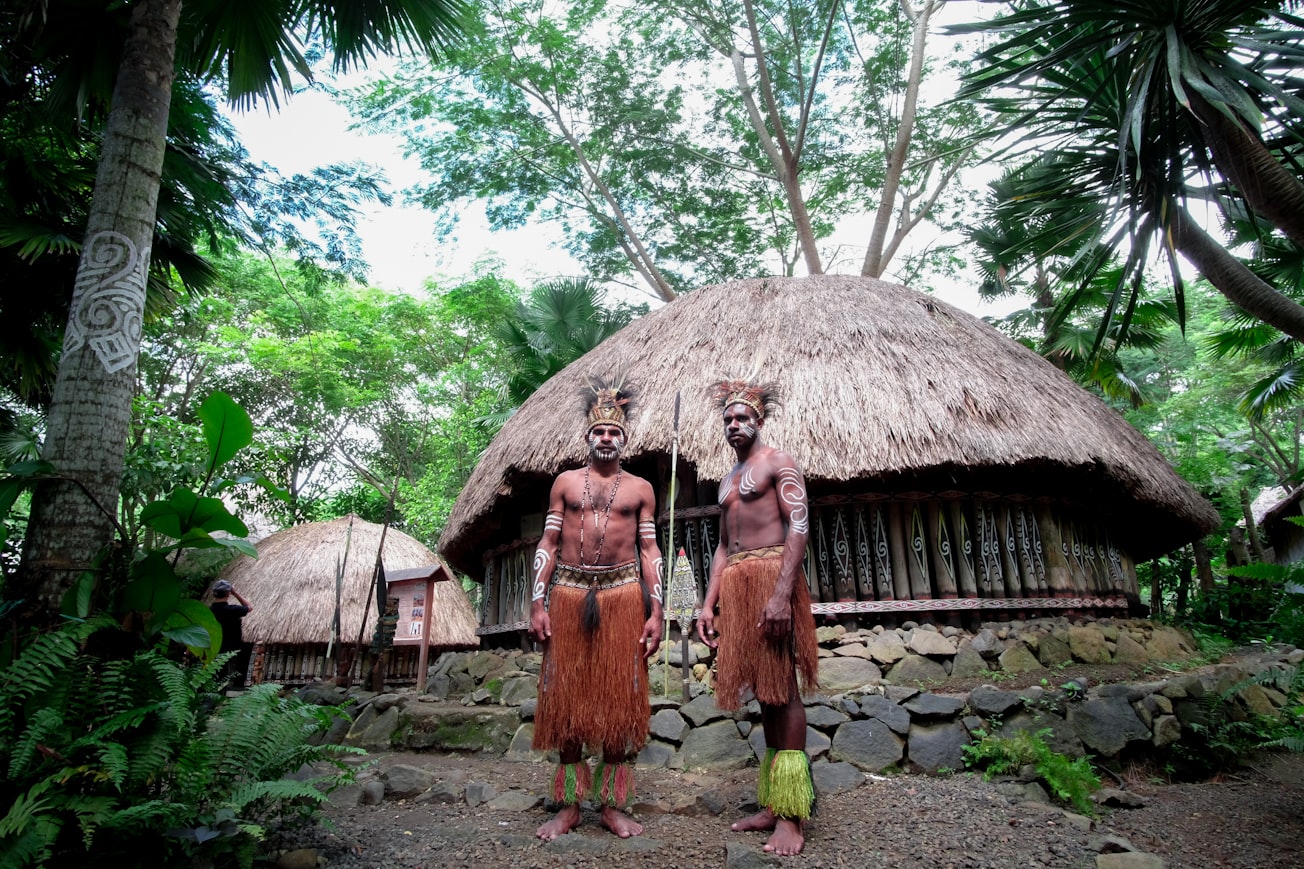What is it about?
We have provided scientific evidance that a formulation of two medicinal plants Semecarpus kurzii leaves (SKL) and Hernandia peltata stem-bark (HPB), traditionally used in ailments related to inflammation, pain, fever and skin problems, have in vivo and in vitro pain killing (analgesic) and antiinflammatory activities at 0-500 mg/kg body weight. The results revealed significant (p<0.01) analgesic and antiinflammatory activity in combination of SKL and HPB extracts at 250mg/kg each. Moreover, the SKL extract alone significantly inhibit vascular permeability (64.49%) at 500mg/kg, while in combination the inhibition was 69.49% at 250mg/kg each (P<0.01). SKL in combination with HPB (0.25 mg/ml each) prevent RBC haemolysis (61.91%) and inhibit protein denaturation (76.52%). Thus, the SKL and HPB extracts alone (500mg/kg) and in combination (250mg/kg each) had significant analgesic and antiinflammatory activity, by inhibiting the release of certain inflammatory mediators and membrane stabilization due to flavonoids, triterpene and related phyto-chemicals present in the extracts.
Featured Image

Photo by Surya Prakosa on Unsplash
Why is it important?
The importance of this study lies on the discovery of the scientific rational of the traditional use of two medicinal plants popularly used for pain and inflammations using in vitro and animal model.
Perspectives
This publication is related to the validation of a traditional formulation used for the management of pain and inflammatory conditions by tribal and local communities of Andaman and Nicobar islands, so that people can use it in primary health care with scientific evidance.
Dr Debprasad Chattopadhyay
ICMR VIRUS UNIT, Kolkata
Read the Original
This page is a summary of: Evaluation of an ethnomedicinal combination containingSemecarpus kurziiandHernandia peltataused for the management of inflammation, Pharmaceutical Biology, March 2013, Taylor & Francis,
DOI: 10.3109/13880209.2012.762405.
You can read the full text:
Resources
Contributors
The following have contributed to this page







